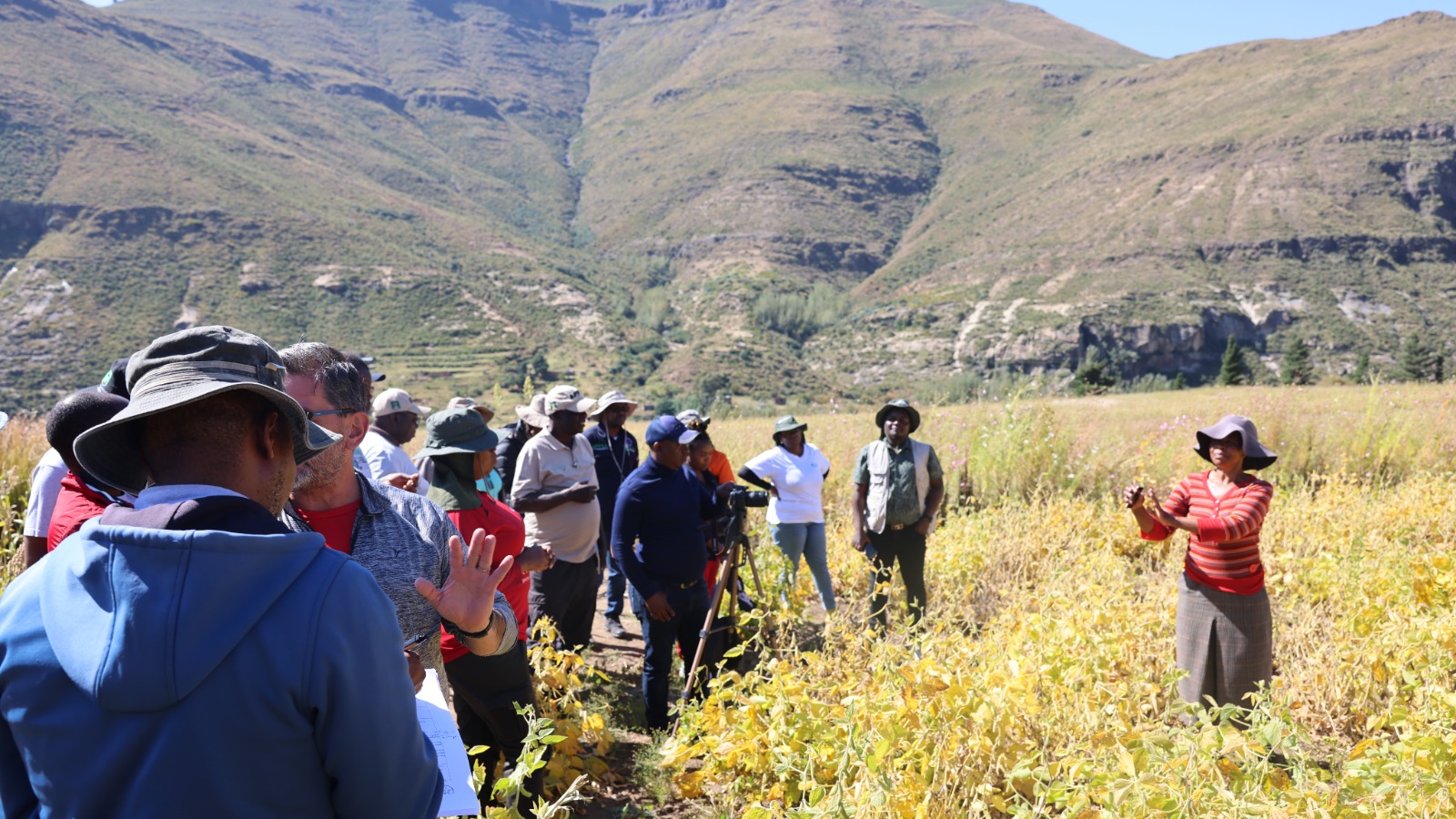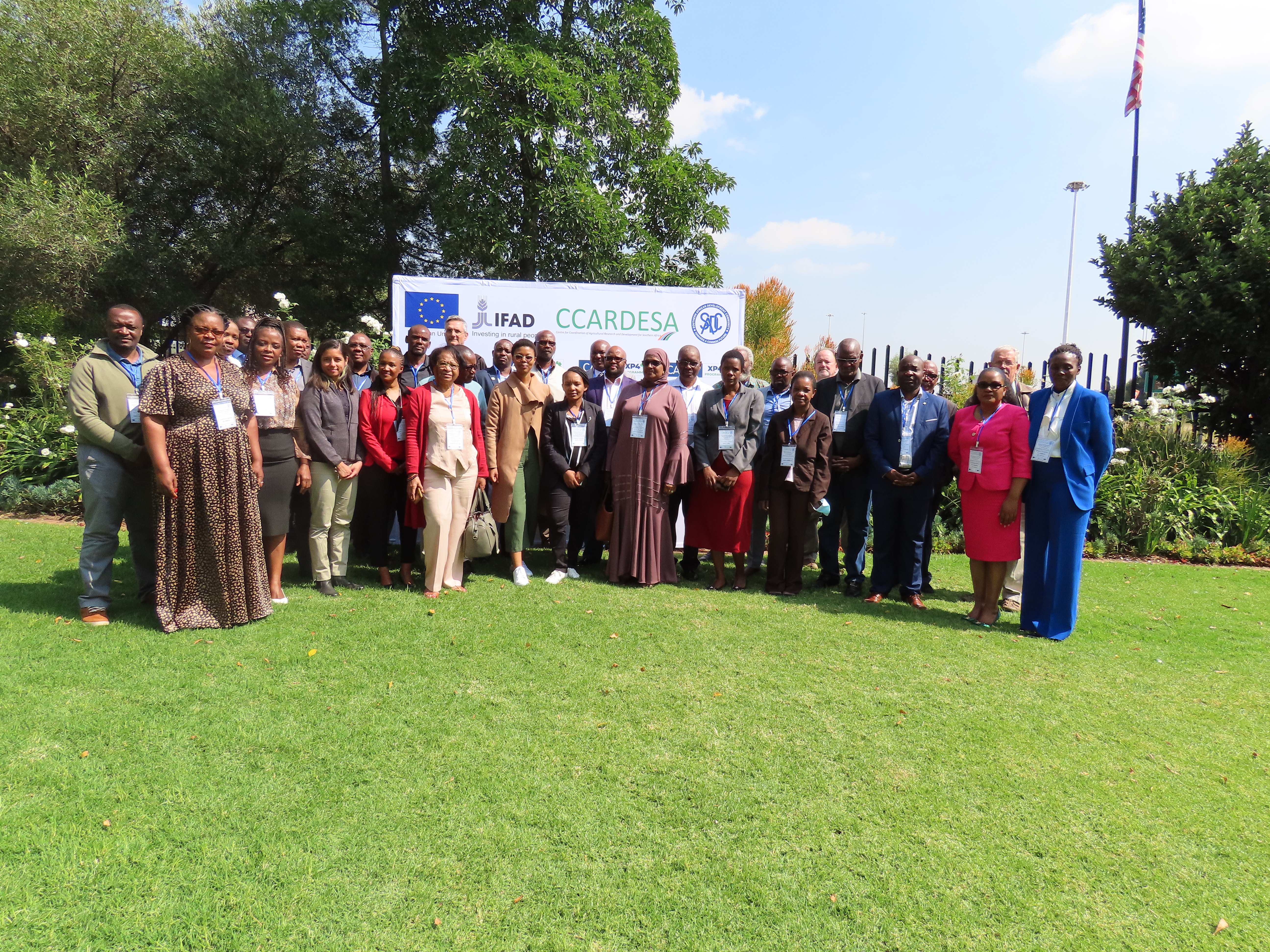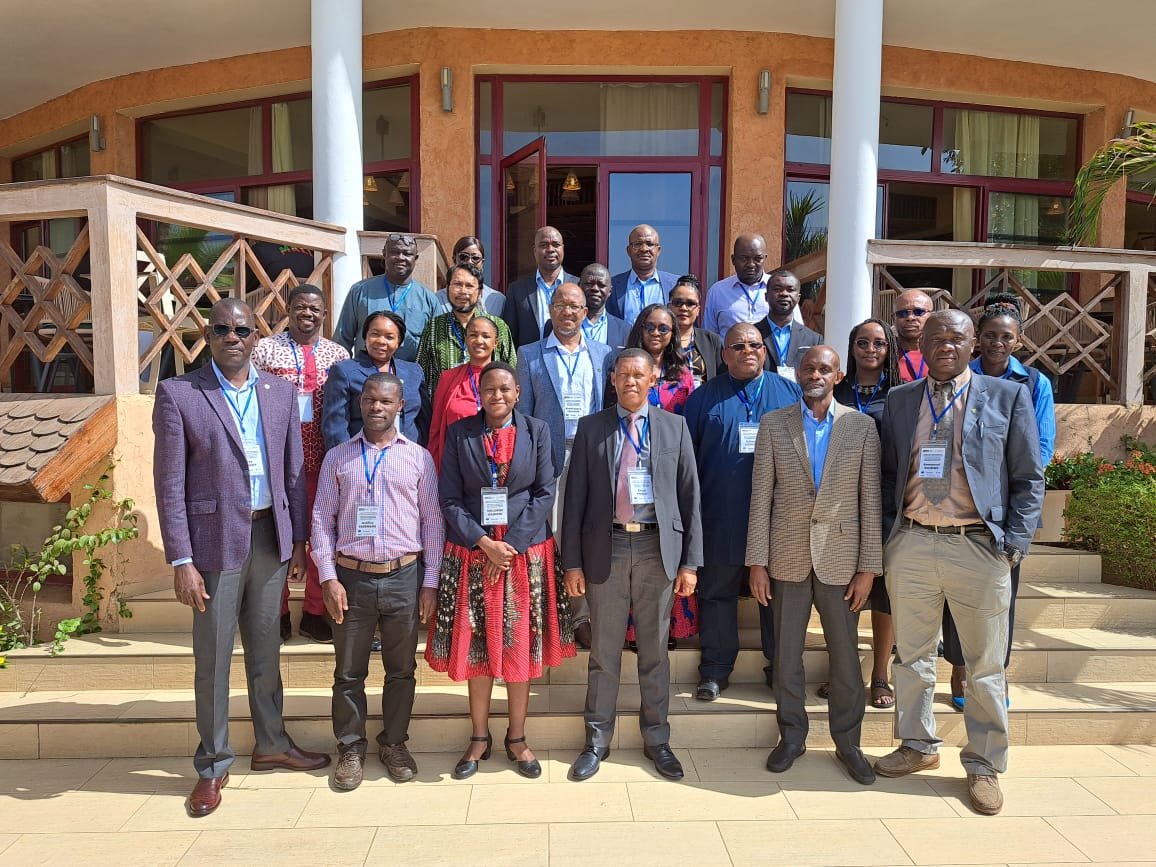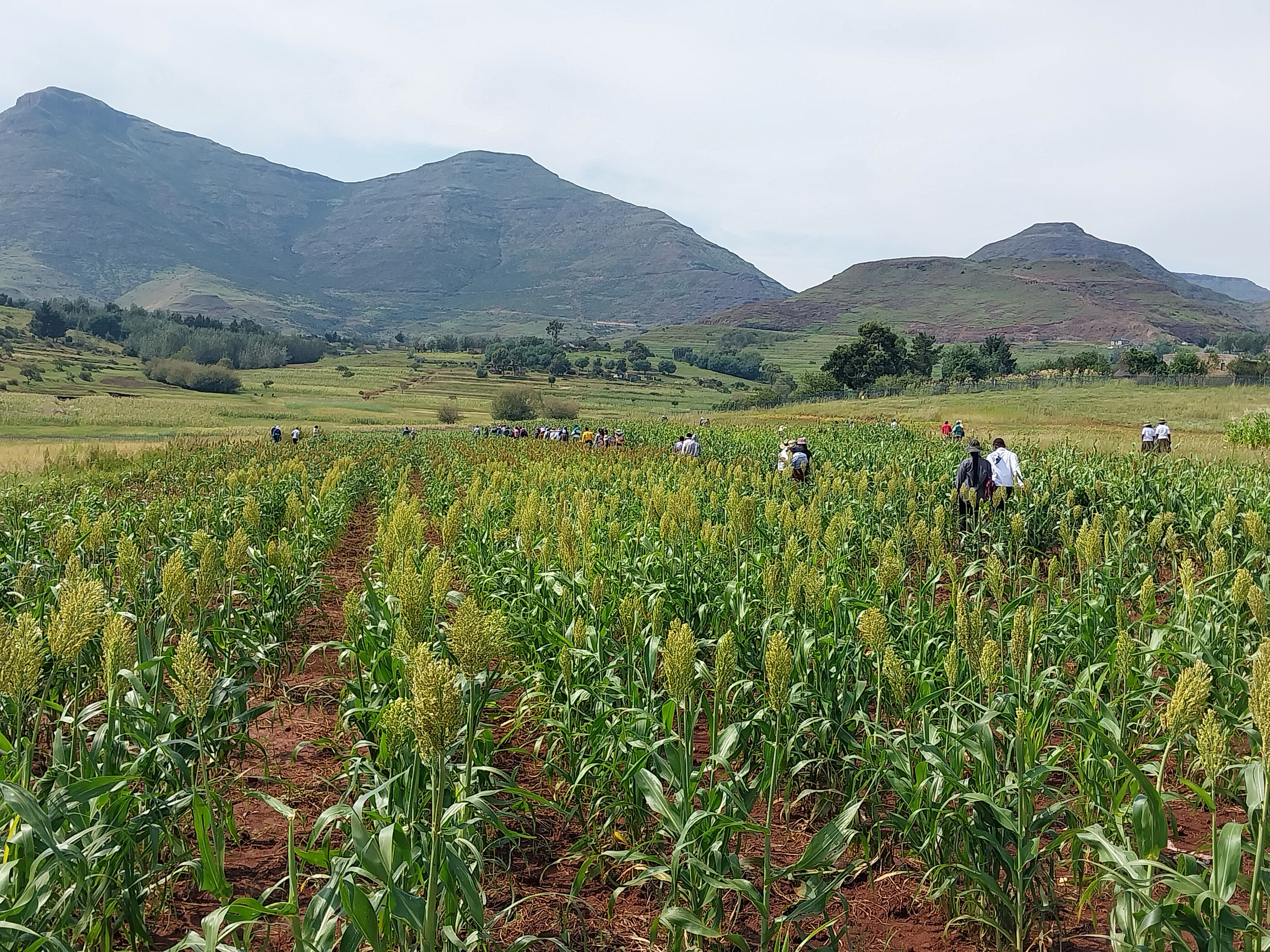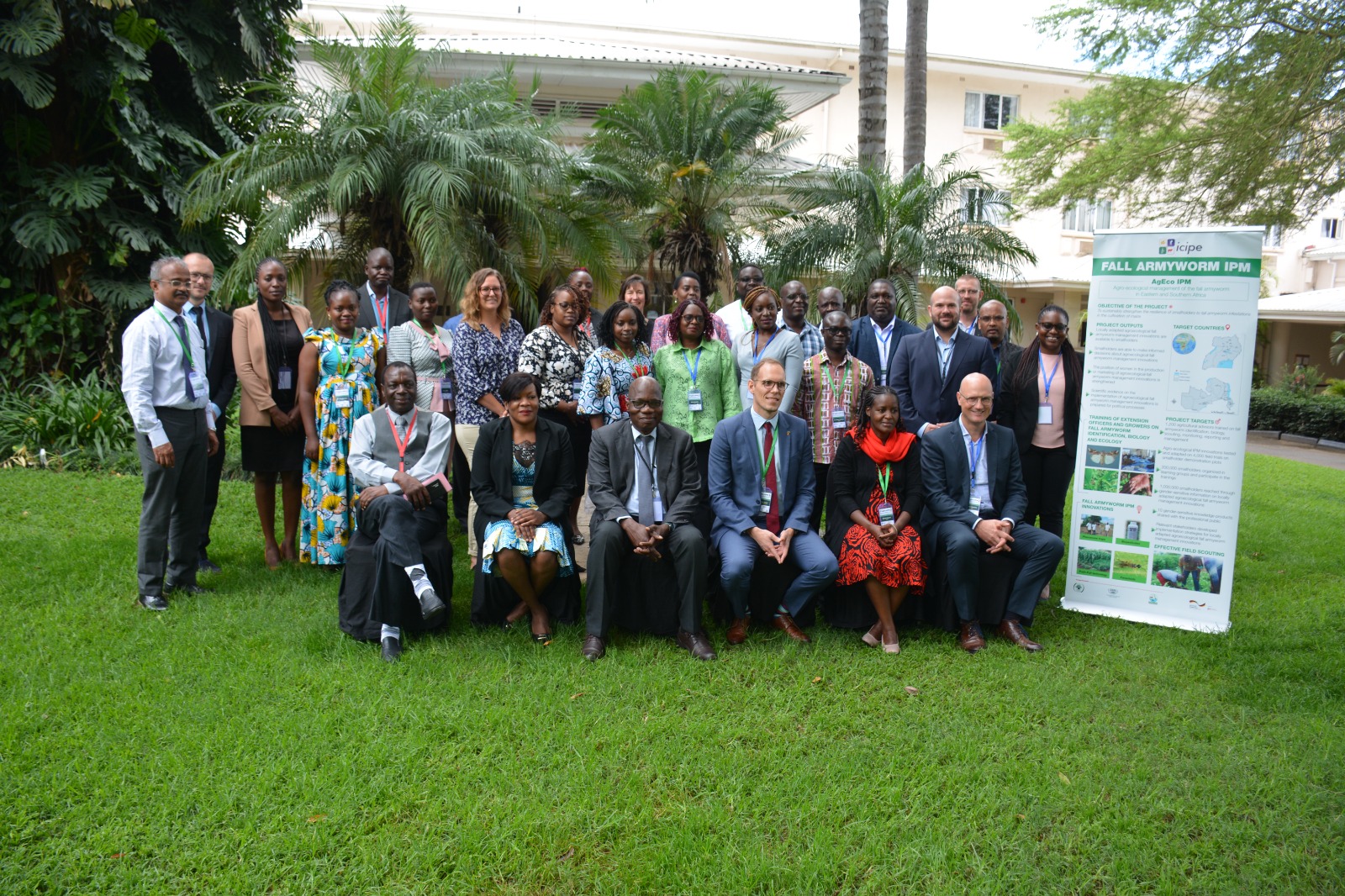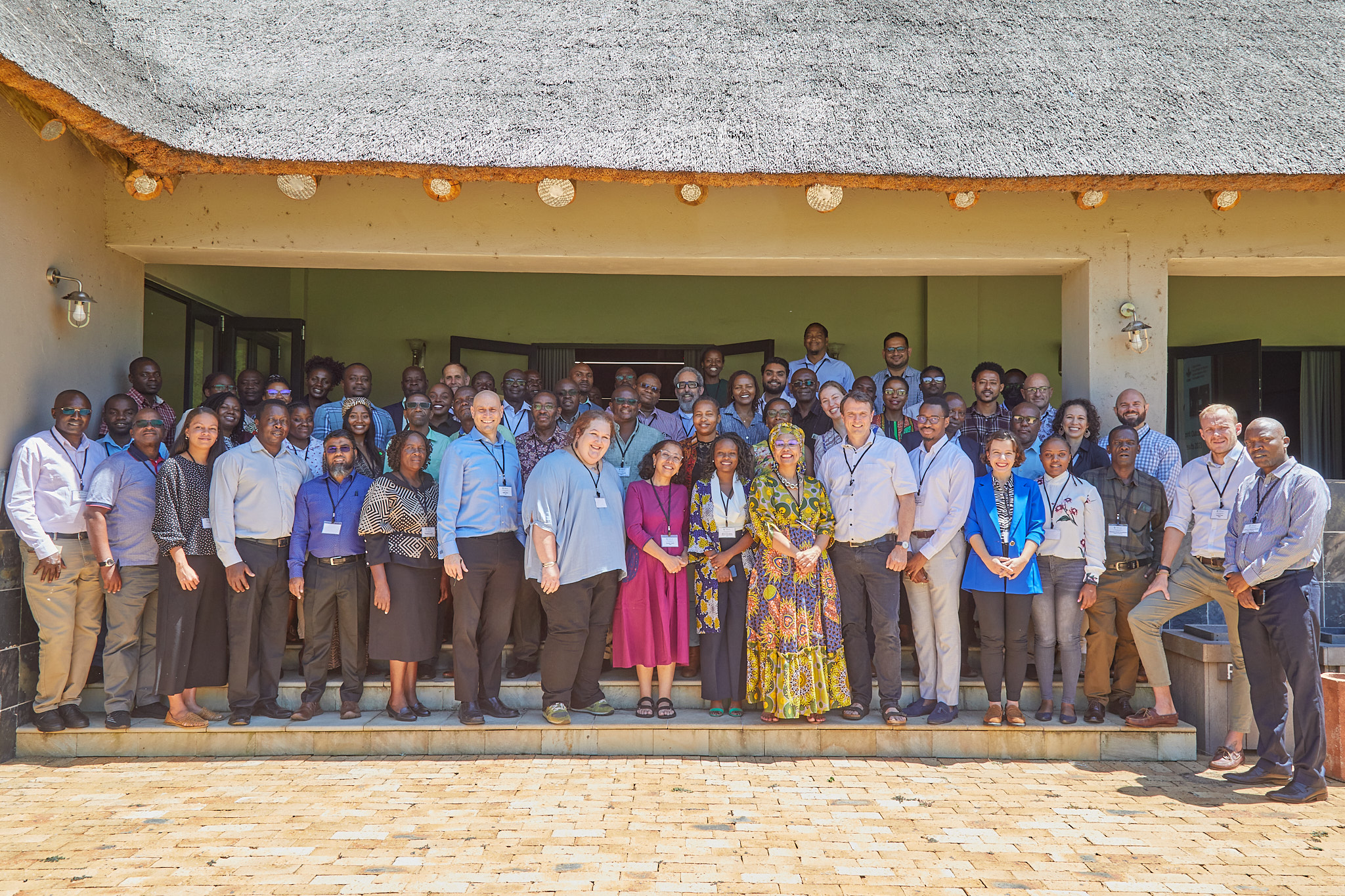FAO - Training manual for improving grain postharvest handling and storage
This manual is intended to support trainers who are helping Farmer Organisations (FOs) and their members in Sub-Saharan Africa to improve the quality of their grain. In so doing, it is expected that the income earning opportunities and the food security of the learners’
households will be increased. Learning how to supply quality grain to WFP and other buyers is a corner stone of the capacity building activities provided by the Purchase for Progress (P4P) initiative. P4P is a partnership of many actors and stakeholders spanning the sectors of smallholder development, market development and food assistance brought together around the WFP food demand platform. By developing the capacity to sell to an institutional buyer such as WFP, smallholder farmers through organizations can acquire the knowledge, skills and confidence needed for engaging with formal markets.
To date, PHHS training for P4P has not been standardised across countries, and only limited opportunity has been taken to capitalise on best practice for both the method of delivery or for training material content. For this reason, WFP had a vision of a core training package
that could be used across P4P countries but would at the same time retain sufficient flexibility to cater for local variations, local languages and the specific needs of different FOs.
Food and Agriculture Organisation of the United Nations, World Food Programme (WFP), Natural Resource Institute (NRI) University of Greenwich, 2012. Rick Hodges, Tanya Stathers. Africa


